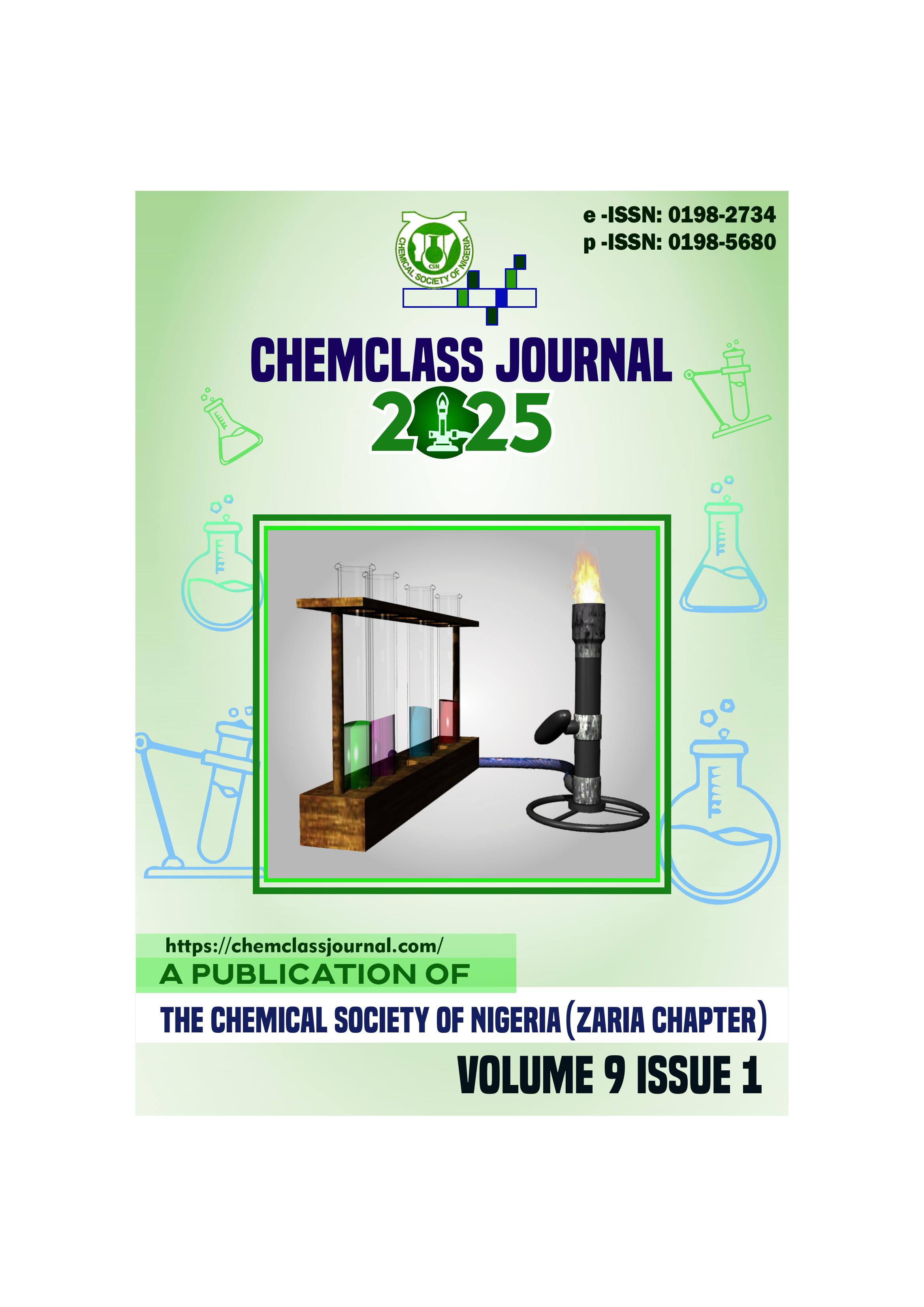Estimation of Energy Potential of Municipal Solid Wastes from Aba Dumpsites in Nigeria
DOI:
https://doi.org/10.33003/Keywords:
Environmental pollution , Municipal solid waste , Energy , Calorific value , DumpsiteAbstract
Modified Dulong’s model (MDM) was used to estimate the energy contents of municipal solid waste
(MSW) from Aba dumpsites. American Society for Testing and Materials standard methods (ASTM) were
used to determine percentage composition and ultimate analyses, thermal degradation and energy content
the MSW. The results of % composition of the MSW showed that plastic (2.50 %) was the lowest while
food waste (65.00 %) was the highest. The ultimate analysis results are carbon (44.50-62.50 %), hydrogen
(4.30-8.50), oxygen (33.50-43.50 %), nitrogen (0.00-5.50 %), S (0.00-0.68 %) and Ash (2.5-8.00 %). The
energy content of the MSW which was calculated using MDM found to be 20.53 mJ/kg. The result revealed
that I kg of MSW from Aba dumpsites can produce about 21mJ/kg of energy. Therefore, conversion of
MSW to energy can serve as profitable means of managing environmental pollution in developing nation
and elsewhere in the world.





 ChemClass Journal
ChemClass Journal
